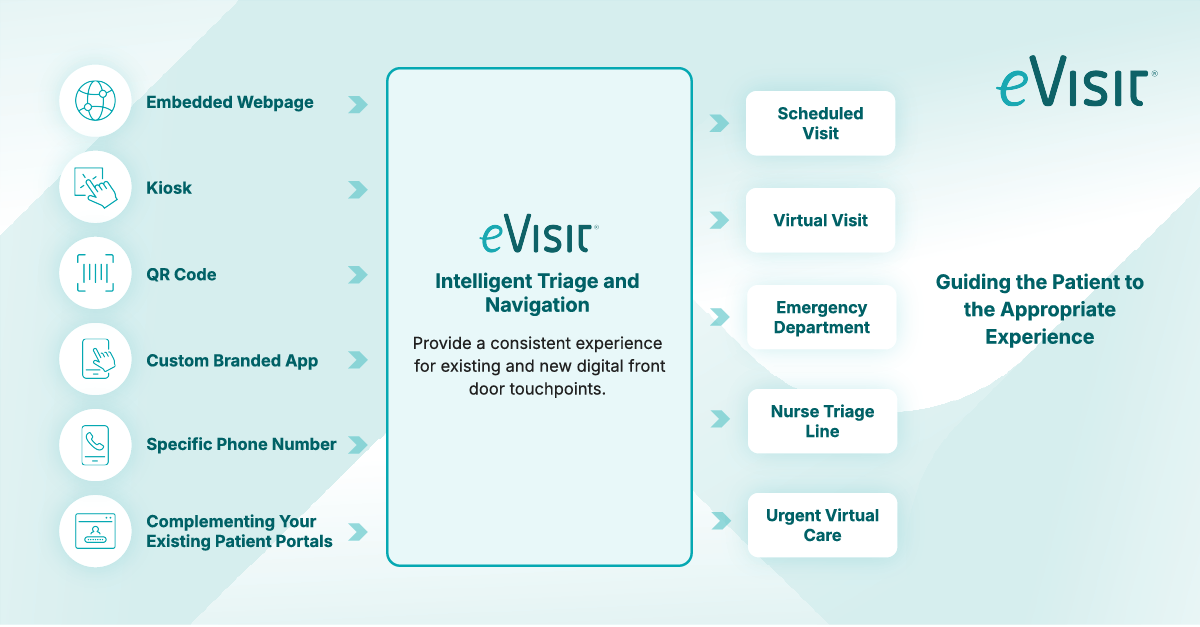Lowering the Total Cost to deliver Care
More Effectively Control Healthcare Expenses
eVisit partners with public and private care delivery systems to generate new sources of revenue, reduce expenses, and harness actionable intelligence to maximize financial performance.



HOW WE HELP
Increasing Capacity While Reducing Care Costs
We expand care delivery system capacity by enhancing care models so operational leaders and care teams can efficiently allocate clinical resources, lower total costs, and capitalize on revenue opportunities.

How eVisit Lowers the Total Costs of Care
We help clinicians, care teams, and operational leaders transform data into real-time insights for aligning resources to patient needs to eliminate unnecessary expenses. Our platform also provides care delivery systems with opportunities to extend care services across the continuum. Digital models for behavioral health, ED tele-triage, urgent care, virtual nursing, scheduled visits, and tele-consults, both drive cost-savings and generate new revenue sources.
We support operational decision-making for system-wide transformation. eVisit orchestrates actionable intelligence for proactive care coordination to reduce wasted spending, expand capacity, improve patient throughput, and minimize low-value tasks with automation—all to keep the system financially strong.





